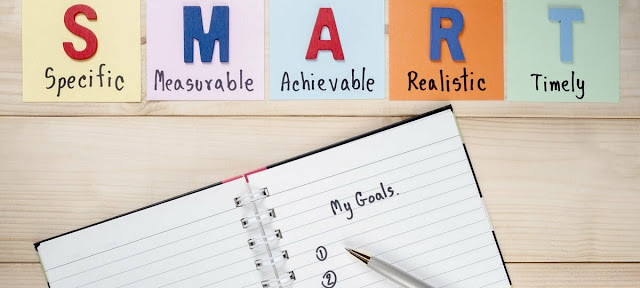How to Use Whiteboards in the Classroom to Encourage Creativity
Creativity is important. It aids a child’s intellectual and emotional development, helps them to innovate and develop problem-solving skills, and can even help children to feel more confident in their ideas and decisions. But, with so much of the school day structured around specific learning objectives, it can be difficult to find time to help children strengthen their capacity for creativity.
That’s why whiteboards are so useful. Not only are whiteboards a useful learning aid for numerous lessons, they’re ideal for creative exercises too. The fact that each child can have their own whiteboard gives a sense of empowerment while learning, and because the boards are wipe-able they’re also a classroom resource that represents great value for money. So, invest in some whiteboards and accessories from somewhere such as here, then try out these classroom activities to encourage creativity…
‘Wild Wednesday’
On the classroom whiteboard, write a question for your students. The question must be one that prompts them to use their imagination when finding an answer, and they’ll need to be prepared to share it with the class too. For instance, each ‘Wild Wednesday’, write a question on the board such as “If you could be an animal, what would you be and why? What would you say to humans?”. This will prompt children to imagine things beyond their own experiences, strengthening their capacity for empathy and creativity.
A Synonym Game
Write a word in the centre of the classroom whiteboard. Pupils need to come up with as many alternative words that have the same meaning as this word, being as creative as they can and pushing themselves beyond the obvious ones. Ask children to write the words they come up with on their own whiteboard, holding it up for all the class to see. This will expand their vocabulary, build confidence in making suggestions, and will give you an opportunity to discuss words you’ve been learning together recently.
A Shape Game
Pair up children into groups of two, each pair sharing a whiteboard. They need to take it in turns to draw a line or shape on the board, each adding to the previous shape to construct something new. For instance, what was originally a circle drawn by one student can become an orange if the other student draws a stem onto the circle. Encourage them to do the task in silence so that they don’t give suggestions to each other regarding what to draw next – instead, they’ll need to be creative and use their imaginations!
Story Writing
Divide the classroom whiteboard into five parts. These five parts each contain the basics for each child to write their own story, flexing their creativity and letting their imaginations run wild. In each part, write the following headers: characters, setting, time, problem and events. Ask your pupils to copy the same onto their own individual whiteboards. Then, each child needs to fill in the gaps:
- Characters: who is in their story?
- Setting: where does the story take place?
- Time: when does the story happen?
- Problem: what challenges do the characters face?
- Event: what happens in the story to help the characters overcome their problems?
Once they’ve filled in the gaps on their whiteboards, the children can use the details to write their own short story. Younger children might need a little support to fill in the whiteboards, so consider ironing out the details as a class, making up the story together.
These are just a few ideas for using whiteboards in the classroom to encourage creativity. Do you have any to suggest?




Comments
Post a Comment